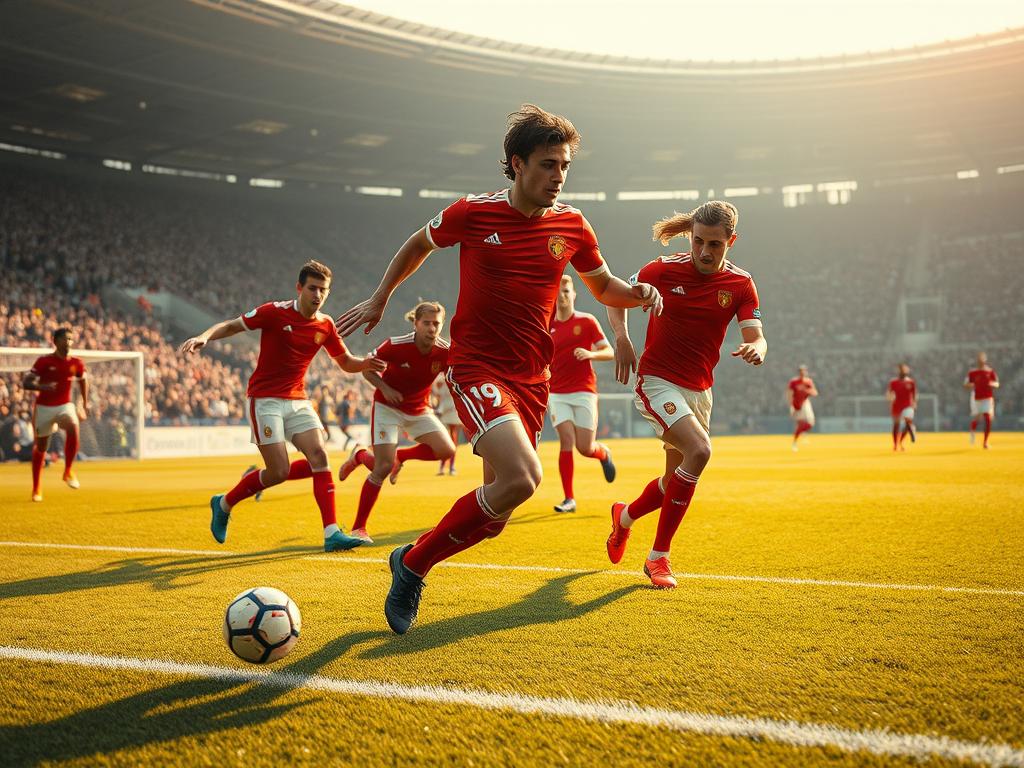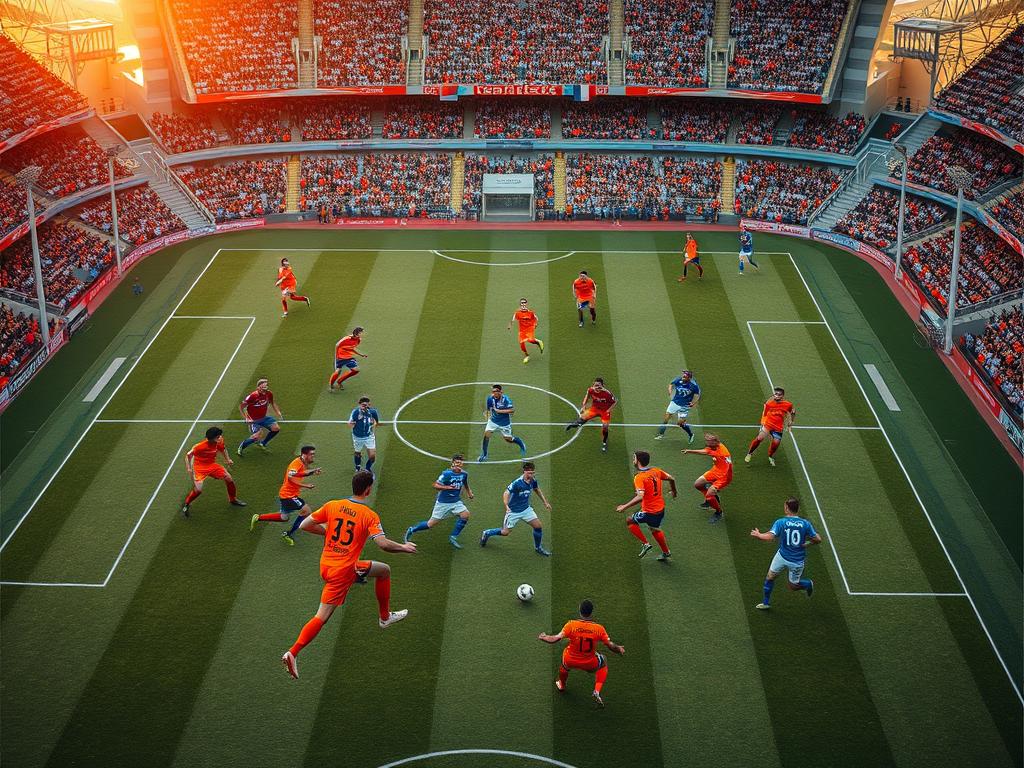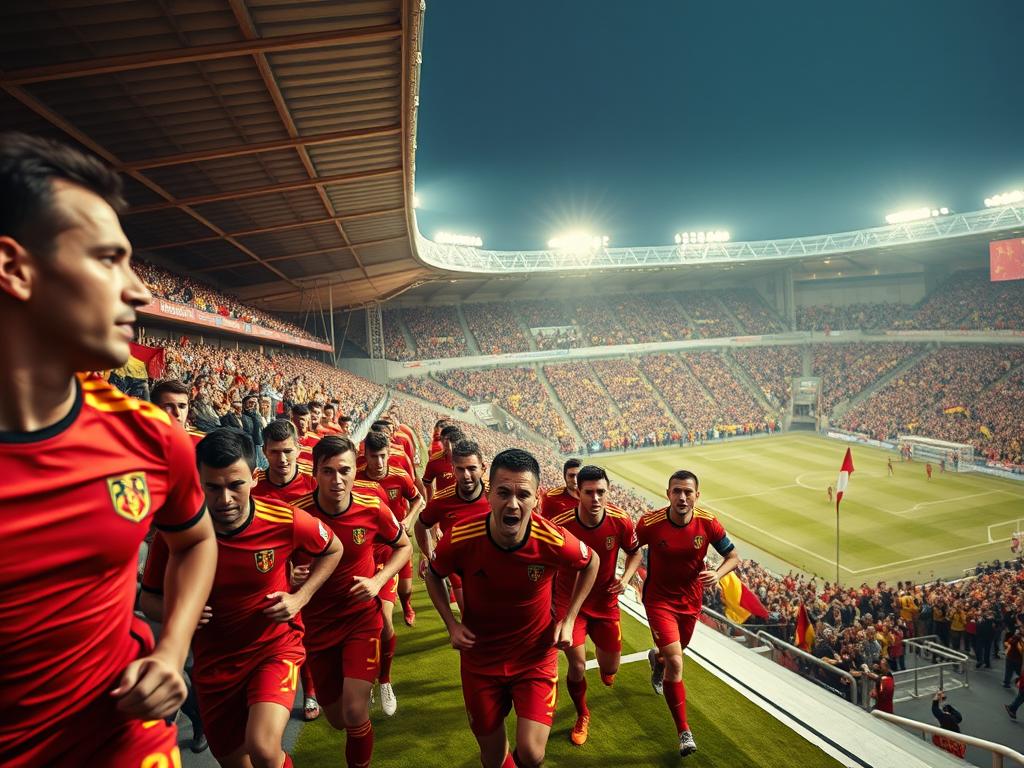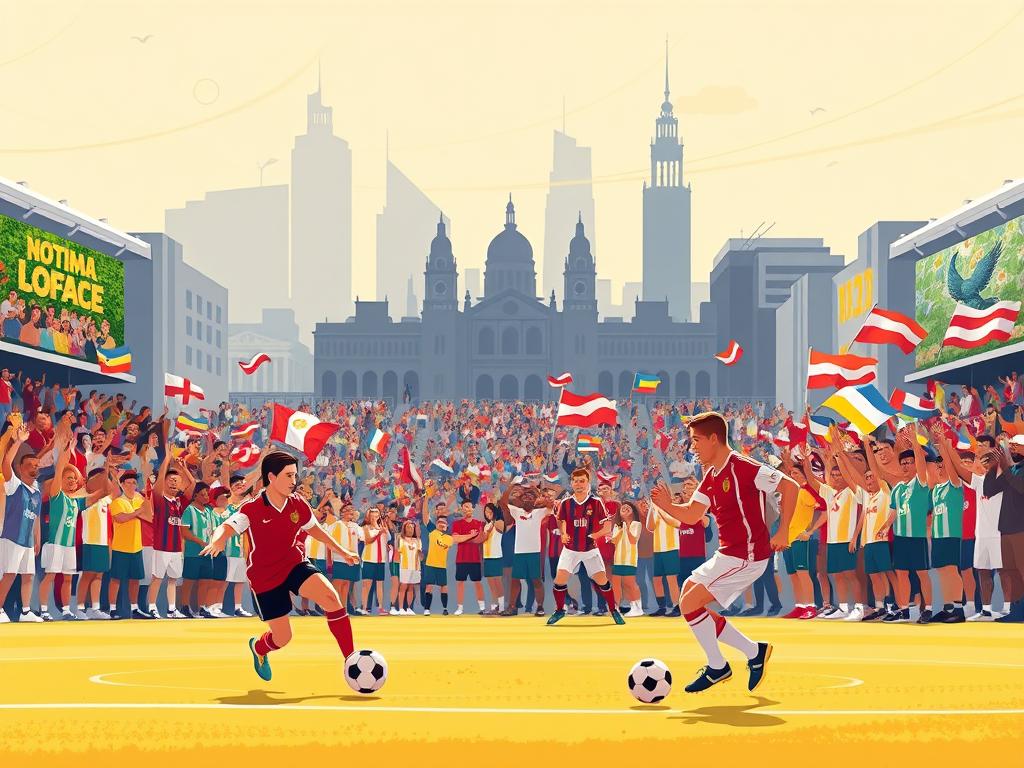Did you know that one revolutionary philosophy changed soccer forever? In the 1970s, the Dutch introduced a game-changing team strategy that still influences top clubs today. This guide dives into the iconic total football style that redefined how the game is played.
Born from visionary coach Rinus Michels and perfected by legend Johan Cruyff, this approach emphasizes fluid positions and collective responsibility. Players seamlessly swap roles, creating unpredictable attacks and rock-solid defense. It’s not just tactics—it’s an art form.
Modern giants like Barcelona and Manchester City still use its core principles. Want to understand soccer’s most influential philosophy? Let’s kick off this journey!
The Birth of the Netherlands Total Football Approach
Behind every great soccer revolution, there’s a visionary coach and a fearless star. For this iconic style, that duo was Rinus Michels and Johan Cruyff. Together, they turned a bold concept into a winning reality.
Rinus Michels: The Architect of a Revolution
Michels was a no-nonsense tactician with a military mindset. At Ajax, he drilled players to master multiple roles. His gruff style hid genius—he saw the field as a chessboard.
From 1965–1971, he led Ajax to four league titles and three European Cups. His secret? A compact defense that exploded into attack, creating a “pitch size illusion.” Opponents were always out of position.
Johan Cruyff: The Iconic Face of Total Football
Cruyff was Michels’ masterpiece. The lanky forward could play any position, dictating play with his vision. His 1974 World Cup performance mesmerized fans worldwide.
Beyond skill, Cruyff embodied the philosophy. He later brought it to Barcelona, shaping modern soccer. Michels built the system, but Cruyff made it art.
How Ajax and the Dutch National Team Pioneered the System
Ajax’s 1971–1973 European Cup wins proved the club’s dominance. Their fluid 4-3-3 formation confused rivals. Players swapped roles mid-game, leaving markers lost.
The Dutch national team mirrored this in 1974. Their high press and rapid transitions stunned opponents. Though they fell short in the final, their style changed soccer forever.
Core Principles of Total Football
Imagine a system where defenders attack, strikers defend, and everyone reads the game like chess masters. That’s the essence of Dutch soccer’s golden era. Three pillars made it unstoppable: positional fluidity, relentless pressure, and a team-first mindset.

Fluid Positions and Spatial Awareness
Forget rigid roles. Here, players swapped positions mid-game, creating a “grid system” of interchangeable parts. Defenders like Ruud Krol could suddenly surge forward, while attackers tracked back seamlessly.
Spatial awareness was key. Players filled zones like chess pieces, exploiting gaps before opponents reacted. Johan Cruyff’s “3-second rule” forced quick decisions—lose the ball, win it back fast.
High Pressing and Rapid Transitions
Michels’ high pressing was revolutionary. Opponents had just 0.6 seconds to react before being swarmed. This “controlled chaos” turned defense into instant attack.
Transitions were lightning-fast. A tackle in your box could become a goal in seconds. Modern teams like Barcelona still use this blueprint, as seen in the evolution of soccer tactics.
The Role of Versatility and Collective Responsibility
Every player was an “expert generalist.” Strikers needed tackling skills; defenders required dribbling ability. This versatility made the system unpredictable.
Collective responsibility meant no hiding. If one pressed, the whole team shifted. It wasn’t just a tactic—it was a shared language.
Total Football’s Impact on the Game
Soccer tactics before and after Total Football are two different universes. This style didn’t just win matches—it rewrote the game’s DNA. From youth academies to Champions League finals, its fingerprints are everywhere.

Disrupting Traditional Tactics in the 1970s
Static 4-4-2 formations crumbled against Dutch fluidity. Defenders became playmakers, strikers turned into pressers. The world watched as rigid positional play became obsolete overnight.
Coaches scrambled to adapt. Germany’s 1974 World Cup loss exposed a glaring truth: predictability was fatal. Teams needed chess players, not just athletes.
Influence on Modern Formations
Pep Guardiola’s 2009 Barcelona didn’t just play—they orchestrated. With 700+ passes per game, their tiki-taka was Total Football 2.0. La Masia academy drilled Cruyff’s principles into every graduate.
Today’s gegenpressing and inverted fullbacks descend from this legacy. Even Manchester City’s buildup patterns echo Michels’ “pitch size illusion.”
Player Development: Creating the Expert Generalist
Joshua Kimmich embodies the modern hybrid—a right-back who dictates play like a midfielder. UEFA data shows 63% of elite coaches now prioritize such versatility.
Youth training shifted too. Academies teach spatial awareness like math: calculate, then move. The “expert generalist” isn’t a luxury—it’s the blueprint.
The Enduring Legacy of Dutch Football’s Revolutionary Philosophy
What if a single idea could reshape how we see soccer forever? Total football did just that—and its legacy still dominates today. From Barcelona’s academy to Premier League tactics boards, its DNA is everywhere.
Modern players train as all-rounders, just like Cruyff envisioned. FIFA reports a 42% rise in positional swaps since 2010. Coaches like Arteta use Cruyffian principles to outsmart opposition.
Want to train like the pros? Start with spatial drills! The philosophy isn’t just history—it’s the future. As AI and data refine the game, one truth remains: creativity wins.







